Home>Articles>How Much Does Plumbing Cost For A New Bathroom
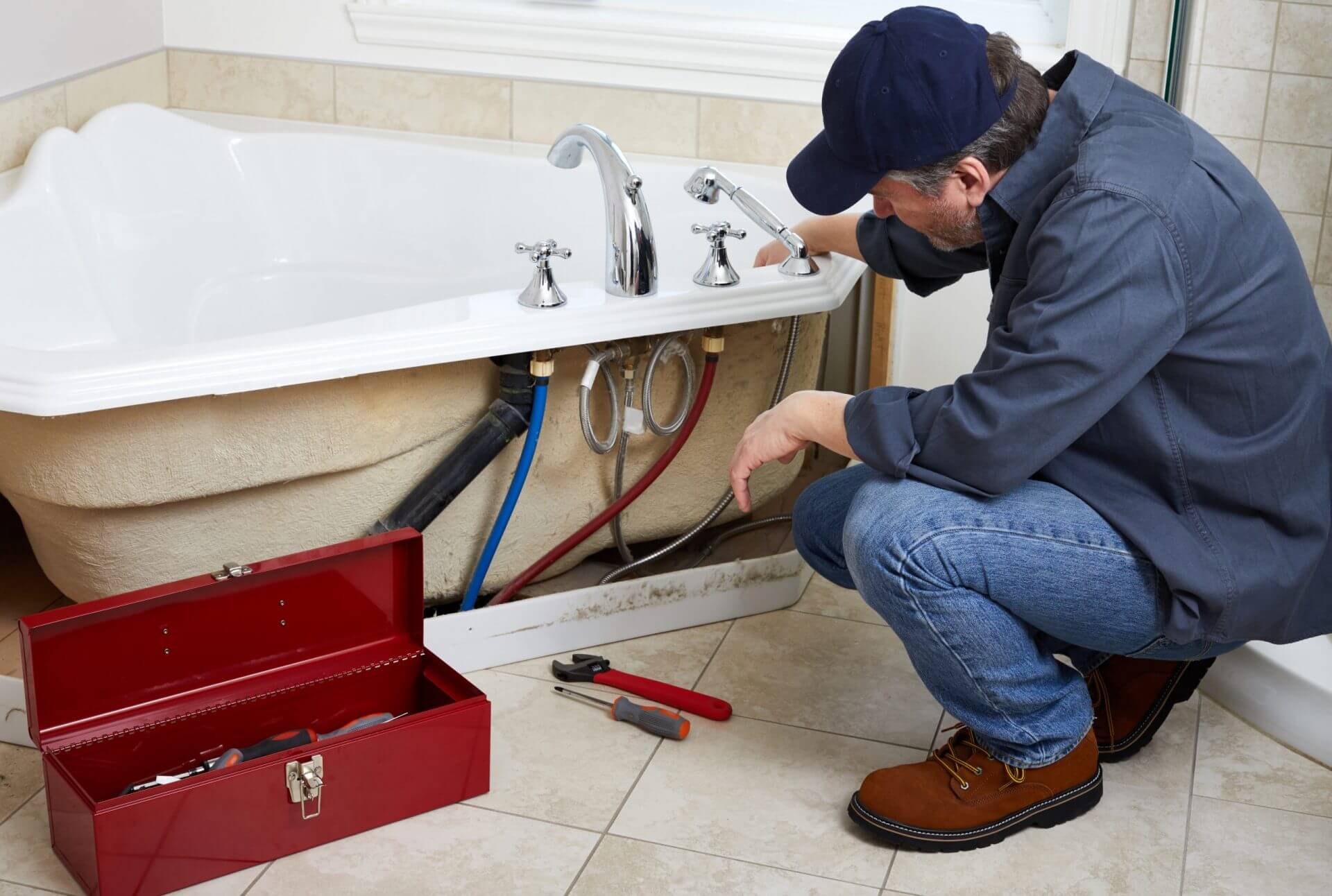

Articles
How Much Does Plumbing Cost For A New Bathroom
Modified: January 6, 2024
"Discover articles on the cost of plumbing for a new bathroom. Learn how much you can expect to pay and plan your budget accordingly."
(Many of the links in this article redirect to a specific reviewed product. Your purchase of these products through affiliate links helps to generate commission for Storables.com, at no extra cost. Learn more)
Introduction
Adding a new bathroom to your home is an exciting project that can increase its value and functionality. However, one major aspect to consider when planning a new bathroom is the cost of plumbing. Plumbing expenses can vary depending on several factors, such as the size of the bathroom, the complexity of the installation, and the region you live in.
In this article, we will explore the various factors that can influence the cost of plumbing for a new bathroom. Understanding these factors will help you budget appropriately and ensure a smooth plumbing installation process.
Before diving into the specifics, it’s worth noting that hiring a professional plumber is crucial for the success of your project. While it may be tempting to attempt a DIY approach, plumbing requires expertise and experience to ensure proper installation and compliance with local building codes.
Now, let’s take a closer look at the key factors that can affect the cost of plumbing for a new bathroom:
Key Takeaways:
- Plumbing costs for a new bathroom are influenced by factors like bathroom size, fixture choices, and unforeseen issues. Understanding these factors helps in budgeting and ensuring a successful installation process.
- The choice of pipe materials, labor costs, and additional considerations such as permits and unexpected issues all play a role in determining the overall expenses of plumbing for a new bathroom. Planning and communication with a professional plumber are crucial for a well-executed project.
Factors Affecting Plumbing Cost
Several factors can influence the cost of plumbing for a new bathroom. By understanding these factors, you can estimate the potential expenses and plan your budget accordingly. Here are some key factors to consider:
- Size and layout of the bathroom: The size and layout of the bathroom play a significant role in determining the complexity of the plumbing installation. A larger bathroom with multiple fixtures, such as a bathtub, shower, toilet, and vanity, will require more extensive plumbing work and, therefore, be more expensive.
- Location of the bathroom: The location of the new bathroom in your home can impact the plumbing cost. If the bathroom is situated far away from the main water and drain lines, it may require additional piping and rerouting, increasing the overall plumbing expenses.
- Access to plumbing lines: Easy access to existing water and drain lines can significantly reduce the plumbing cost. If the plumbing lines are already in place and accessible, the installation process will be smoother and less expensive. On the other hand, limited access or the need for extensive demolition can increase the cost.
- Choice of fixtures: The fixtures you select for your new bathroom can affect the plumbing cost. Higher-end fixtures may require specialized installation techniques or additional connections, resulting in higher labor and material expenses.
- Permit requirements: Depending on your local regulations, you may need permits for the plumbing work in your new bathroom. Permit fees can vary, and it’s essential to check with your local building department to factor these costs into your budget.
- Contractor rates: Plumbing rates can vary depending on the contractor you choose, their experience, and the complexity of the project. It’s advisable to obtain multiple quotes from reputable plumbers to compare prices and ensure you’re getting a fair deal.
- Unforeseen issues: During the plumbing installation, unforeseen issues such as outdated pipes, structural challenges, or hidden plumbing problems may arise. Dealing with these unexpected issues can significantly impact the cost of the project.
Keep these factors in mind when planning your new bathroom project. It’s essential to have a clear understanding of the specific requirements and potential challenges to make an accurate estimate of the plumbing cost.
Water Supply Installation
The water supply installation is a crucial aspect of plumbing for a new bathroom. It involves connecting the bathroom fixtures to the main water supply lines in your home. The complexity of the water supply installation can vary depending on the layout of your bathroom and the proximity of the fixtures to the main water lines.
Here are some key points to consider when it comes to water supply installation:
- Main water line connections: The plumber will need to determine the best location to connect the bathroom fixtures to the main water supply lines. This will involve cutting into the existing water lines and installing shut-off valves and connectors.
- Piping and routing: The plumber will install the necessary pipes to carry water to each fixture in the bathroom. The type of piping used can vary, with copper and PEX pipes being common choices. The plumber will assess the routing and ensure proper connections to each fixture.
- Hot water supply: If your new bathroom includes fixtures that require hot water, such as a shower or bathtub, the plumber will need to connect them to the hot water supply lines as well. This may involve additional connections and the installation of a water heater if one is not already present.
- Pressure balancing: To ensure consistent water pressure throughout the bathroom, the plumber may install pressure-balancing valves or devices. These devices help prevent sudden changes in water temperature and pressure when multiple fixtures are in use simultaneously.
- Code compliance: The water supply installation must meet local plumbing codes and regulations. This ensures the safety and proper functioning of the plumbing system. It’s important to work with a licensed plumber who is knowledgeable about the local codes and can ensure compliance.
The cost of water supply installation can vary depending on factors such as the number of fixtures, the complexity of the piping, and the materials used. It’s advisable to consult with a professional plumber who can provide an accurate estimate based on your specific bathroom design and requirements.
Next, let’s explore the installation of drainage systems in a new bathroom.
Drainage Installation
The drainage installation is another critical component of plumbing for a new bathroom. It involves creating a system to carry wastewater from the bathroom fixtures to the main sewer or septic system. Proper drainage installation ensures the efficient and effective removal of wastewater and prevents any potential plumbing issues.
Here are some important aspects to consider when it comes to drainage installation:
- Main drain connection: The plumber will connect the bathroom fixtures to the main drain line, which carries the wastewater out of your home. This connection is typically made through a vertical soil stack or a horizontal drainpipe. Proper alignment and sealing are essential to prevent leaks and maintain the integrity of the drainage system.
- Drainpipe installation: The plumber will install the necessary drainpipes to connect each fixture in the bathroom. These pipes are typically made of PVC or ABS and are designed to carry wastewater away from the fixtures and into the main drain line. The size and slope of the pipes will depend on the specific fixture requirements and local plumbing codes.
- Ventilation: Proper ventilation is crucial for a well-functioning drainage system. The plumber will ensure that each fixture has the appropriate vent pipes, which allow air to enter the drain system and prevent the formation of a vacuum that could impede drainage. Vent pipes are typically connected to the main vent stack or extend through the roof of the house.
- Traps and cleanouts: Traps are curved sections of the drainpipe that hold water to create a barrier against sewer gases entering the bathroom. Each fixture, such as a sink or toilet, will have its own trap. Cleanouts are access points along the drainage system that allow for easy maintenance and clearing of any potential clogs.
- Code compliance: Just like with the water supply installation, the drainage installation must adhere to local plumbing codes and regulations. Working with a licensed plumber who is familiar with these codes is essential to ensure that the drainage system is installed correctly and functions properly.
The cost of drainage installation can vary depending on factors such as the number and type of fixtures, the complexity of the piping, and the distance to the main drain line. Consulting with a professional plumber will help provide an accurate estimate based on your specific bathroom design and requirements.
Next, let’s delve into the installation of bathroom fixtures and its impact on plumbing cost.
Fixture Installation
The fixture installation is a crucial step in the plumbing process for a new bathroom. Fixtures include items such as sinks, toilets, showers, bathtubs, and faucets. Proper installation of these fixtures is essential for their functionality, aesthetics, and overall plumbing system performance.
Here are some important considerations when it comes to fixture installation:
- Sink installation: The plumber will connect the water supply lines and the drainpipe to the sink. They will ensure proper sealing to prevent leaks and install any additional components such as faucet handles and drain stoppers. Sink installation can vary depending on the type of sink, whether it’s a drop-in, undermount, or wall-mounted sink.
- Toilet installation: Installing a toilet involves connecting the water supply line, setting the wax ring for a proper seal, and securing the toilet to the floor. The plumber will also ensure that the toilet is leveled and properly aligned with the drainpipe. It’s important to choose a toilet that is water-efficient and meets local plumbing standards.
- Shower and bathtub installation: The installation of showers and bathtubs typically involves connecting the water supply lines, drainpipes, and any necessary valves or diverters for showerheads or tub spouts. The plumber will ensure proper sealing and make adjustments to optimize water flow and temperature control. It’s important to choose fixtures that fit your desired style and functionality.
- Faucet installation: Installing faucets involves connecting the water supply lines and securing the faucets to the sink, shower, or bathtub. The plumber will ensure proper sealing and test for any leaks. Faucet installation may vary depending on the type of faucet, such as single-handle, dual-handle, or touchless faucets.
- Code compliance: Fixture installation must comply with local plumbing codes and regulations to ensure safety and functionality. Working with a licensed plumber who is knowledgeable about these codes is crucial to ensure that the fixtures are installed correctly and meet the necessary requirements.
The cost of fixture installation can vary depending on factors such as the type and number of fixtures, the complexity of the connections, and any additional customization or features. It’s advisable to consult with a professional plumber who can provide an accurate estimate based on your specific bathroom design and fixture choices.
Next, let’s explore the impact of different pipe materials on plumbing costs.
When budgeting for a new bathroom, consider that the cost of plumbing can vary based on factors such as the complexity of the installation, the type of fixtures, and the materials used. It’s best to get multiple quotes from licensed plumbers to compare prices and services.
Pipe Materials
The choice of pipe materials for your new bathroom plumbing can impact both the performance and cost of the installation. Different materials have varying characteristics in terms of durability, longevity, ease of installation, and cost. Here are some common pipe materials used in plumbing:
- Copper: Copper pipes have been a popular choice in plumbing for many years. They are known for their durability, resistance to corrosion, and ability to withstand high pressures. Copper pipes are relatively easy to work with and provide excellent water flow. However, copper pipes can be more expensive compared to other materials.
- PEX (Cross-linked Polyethylene): PEX pipes have gained popularity in recent years due to their flexibility, ease of installation, and affordability. PEX pipes are resistant to freezing and can expand to accommodate temperature changes, reducing the risk of burst pipes. They also have excellent corrosion resistance. PEX pipes are a cost-effective option for new bathroom plumbing projects.
- PVC (Polyvinyl Chloride): PVC pipes are commonly used for drain, waste, and vent (DWV) systems in bathrooms. They are lightweight, easy to install, and cost-effective. PVC pipes are resistant to chemicals and corrosion, making them suitable for drainage applications. However, they are not recommended for use with hot water supply lines.
- ABS (Acrylonitrile Butadiene Styrene): ABS pipes are similar to PVC pipes and are commonly used in DWV systems. They are durable, lightweight, and resistant to chemicals. ABS pipes are known for their excellent flow characteristics, which is crucial for efficient drainage in a bathroom. However, like PVC, ABS pipes are not suitable for hot water supply lines.
- Galvanized Steel: Galvanized steel pipes were commonly used in older homes but have become less common in new plumbing installations. These pipes are coated with zinc to prevent corrosion. While galvanized steel pipes are durable, they can be prone to rust and mineral buildup over time. They are also more difficult to work with and can be more expensive compared to other materials.
The choice of pipe materials will depend on various factors such as the specific plumbing requirements, local building codes, and budget considerations. It is advisable to consult with a professional plumber who can recommend the most suitable pipe materials for your new bathroom plumbing project.
Next, let’s discuss the labor costs involved in plumbing for a new bathroom.
Labor Costs
Labor costs are a significant component of plumbing expenses for a new bathroom. Plumbing installation requires skilled expertise and can involve various tasks, such as pipe fitting, soldering, connecting fixtures, and ensuring proper sealing and alignment. The complexity of the project and the time required to complete the installation will impact the overall labor costs.
Here are some factors that can affect labor costs in plumbing for a new bathroom:
- Project complexity: The complexity of the plumbing installation, including the number of fixtures, the layout of the bathroom, and any unique design features, can impact labor costs. More complex projects may require additional time and effort from the plumber, leading to higher labor expenses.
- Demolition and preparation: If the new bathroom requires demolition of existing structures or extensive preparation work, such as rerouting pipes or creating new access points, it will add to the labor costs. Preparing the space for plumbing installation can be time-consuming and labor-intensive.
- Experience and expertise: The skill and experience of the plumber can influence labor costs. Experienced plumbers who have successfully completed similar projects may charge higher rates, but their expertise can ensure a smoother and more efficient installation process.
- Location: The region or city where the project takes place can impact labor costs. Labor rates can vary depending on local market conditions and the cost of living in the area.
- Timeframe: If you require expedited completion of the plumbing installation, it may incur additional labor costs. Rushed or overtime work may come with a premium fee.
Keep in mind that labor costs typically include the installation of plumbing pipes, connections, and fixtures, but they may not cover additional services such as electrical work or tiling. It’s important to clarify the scope of work with the plumber and obtain a detailed estimate that outlines all included tasks and potential additional costs.
By considering the complexity of the project, the expertise and experience of the plumber, and the specific requirements of the new bathroom, you can estimate the labor costs and budget accordingly.
Next, let’s explore some additional costs and considerations that may affect the overall plumbing expenses.
Additional Costs and Considerations
When estimating the cost of plumbing for a new bathroom, it’s important to take into account additional expenses and considerations beyond the basic installation. These costs can vary depending on your specific project and individual needs. Here are some factors to consider:
- Permits and inspections: Depending on your local regulations, you may need permits for the plumbing work in your new bathroom. Permit fees can vary, and it’s essential to check with your local building department to factor these costs into your budget. Additionally, inspections may be required during and after the installation process.
- Materials and fixtures: The cost of materials and fixtures can vary significantly depending on the quality, brand, and style you choose. It’s important to allocate a portion of your budget for purchasing the necessary components, such as pipes, fittings, fixtures, valves, and other accessories.
- Upgrades and customization: If you have specific design preferences or wish to upgrade certain components, such as opting for high-end fixtures or custom finishes, it can increase the overall cost. Discuss your preferences with the plumber to determine any additional expenses involved.
- Unexpected issues: During the plumbing installation, unforeseen issues may arise, such as outdated pipes, structural challenges, or hidden plumbing problems. Dealing with these unexpected issues can result in additional expenses. It’s important to have a contingency fund in your budget to account for any unforeseen circumstances.
- Cleanup and restoration: After the plumbing installation is complete, there may be a need for cleanup and restoration work, especially if there was any demolition or disruption during the process. This may involve patching walls, repainting, or installing new flooring. Consider these costs when planning your overall budget.
- Warranty and ongoing maintenance: Some plumbers may offer warranties on their work, which can provide added peace of mind. Additionally, it’s important to budget for ongoing maintenance and potential repairs in the future to ensure the longevity and performance of your plumbing system.
By considering these additional costs and considerations, you can create a more accurate estimate of the total expenses involved in plumbing for a new bathroom. It’s important to discuss these factors with your plumber and have open communication to avoid any unexpected surprises along the way.
Now, let’s summarize the main points discussed in this article.
Conclusion
When it comes to plumbing for a new bathroom, there are several factors to consider that can impact the overall cost. Understanding these factors and planning accordingly can help you budget effectively and ensure a successful plumbing installation.
We explored the various factors affecting plumbing costs, such as the size and layout of the bathroom, the location of the bathroom in relation to the main water and drain lines, accessibility to plumbing lines, choice of fixtures, permit requirements, contractor rates, and unforeseen issues.
Water supply installation involves connecting the bathroom fixtures to the main water supply lines, determining the best location for connections, and ensuring proper routing and pressure balancing. Drainage installation focuses on creating a system to carry wastewater from the bathroom fixtures to the main sewer or septic system, including main drain connections, drainpipe installation, ventilation, traps, and cleanouts.
Fixture installation involves connecting sinks, toilets, showers, bathtubs, and faucets to the water supply lines and drainpipes. The choice of pipe materials, such as copper, PEX, PVC, ABS, or galvanized steel, can impact both the performance and cost of the plumbing installation.
Labor costs are a significant aspect to consider and can be influenced by the complexity of the project, demolition and preparation work, the expertise of the plumber, and the geographical location.
Additional costs and considerations include permits and inspections, materials and fixtures, upgrades and customization, unexpected issues, cleanup and restoration, and ongoing maintenance.
To ensure a well-planned and successful plumbing project, it’s important to work with a professional plumber who can provide accurate estimates, adhere to local building codes, and ensure the quality and longevity of the plumbing system.
By considering all these factors and understanding the potential expenses involved, you can approach your new bathroom plumbing project with confidence and create a space that is both functional and beautiful.
Frequently Asked Questions about How Much Does Plumbing Cost For A New Bathroom
Was this page helpful?
At Storables.com, we guarantee accurate and reliable information. Our content, validated by Expert Board Contributors, is crafted following stringent Editorial Policies. We're committed to providing you with well-researched, expert-backed insights for all your informational needs.
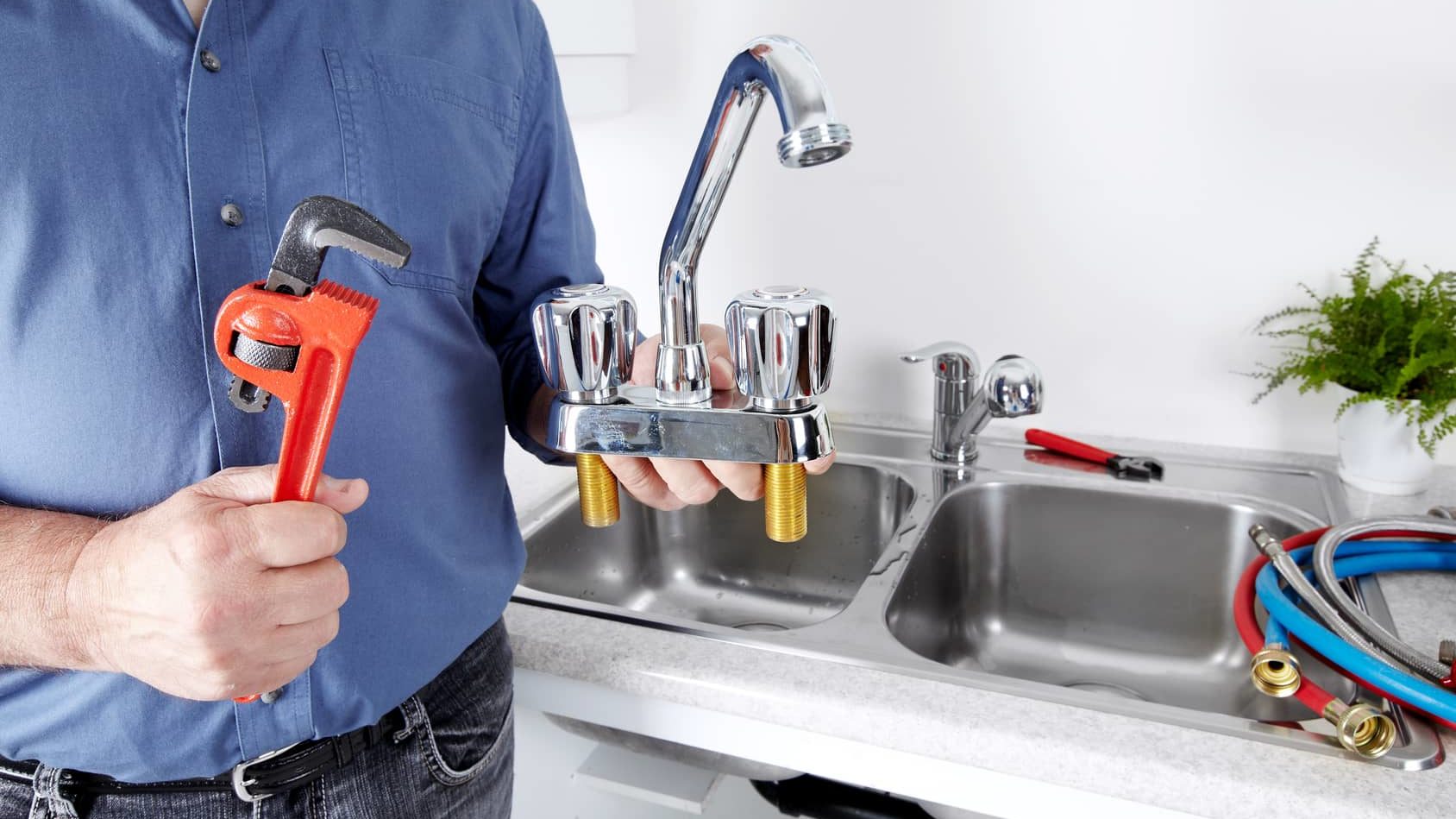
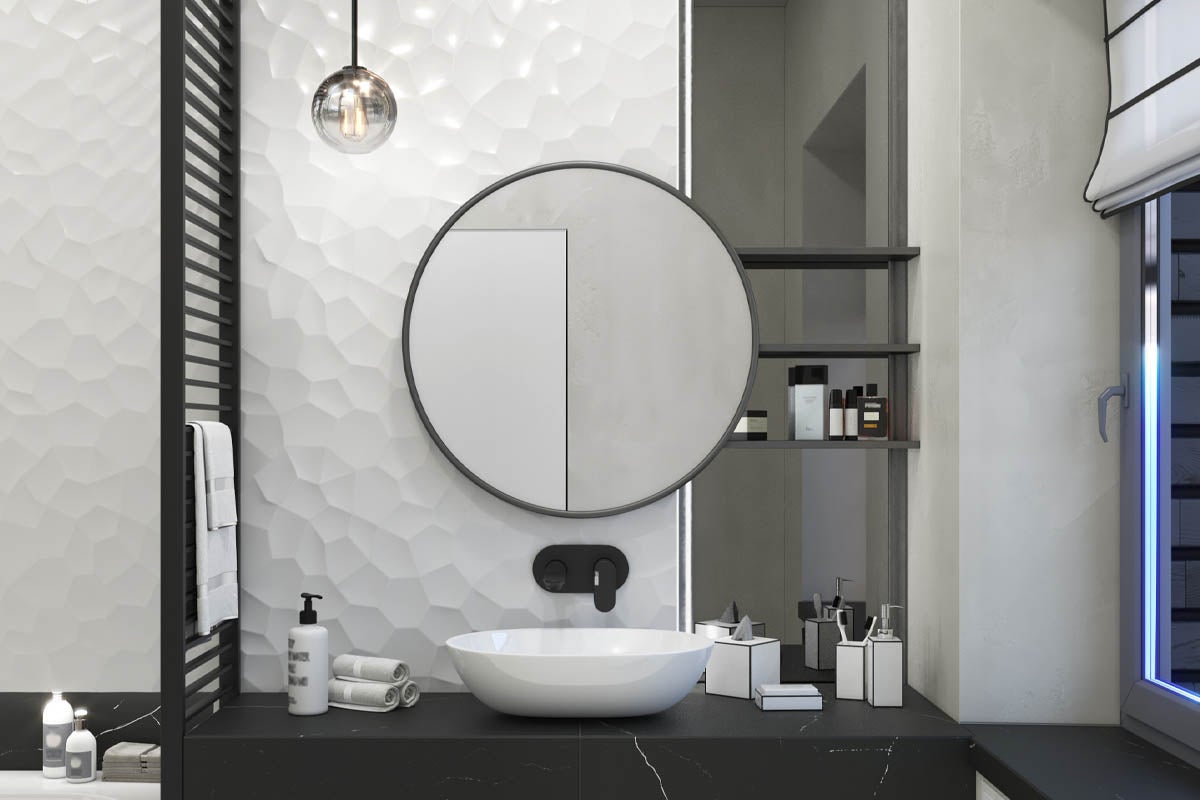
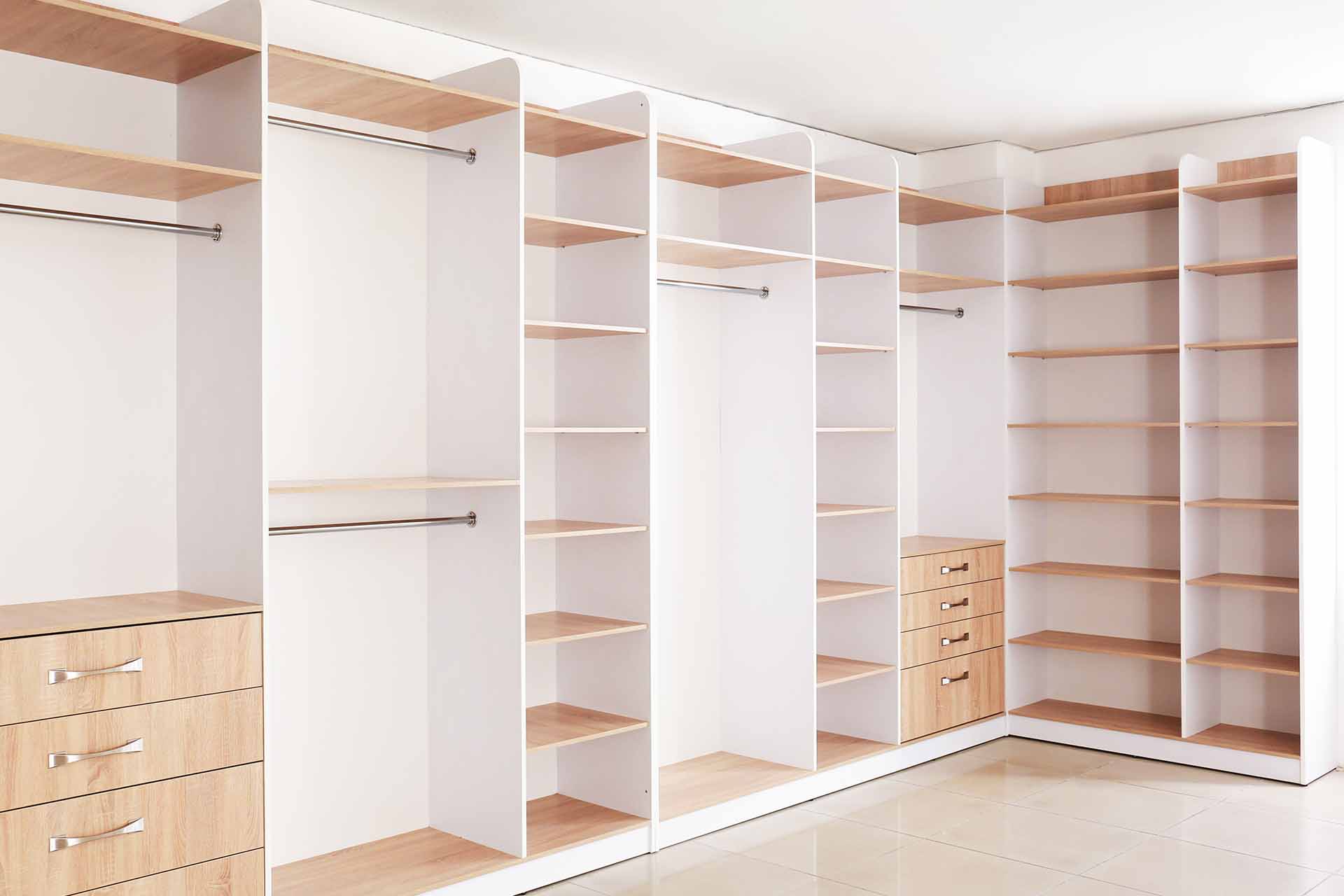
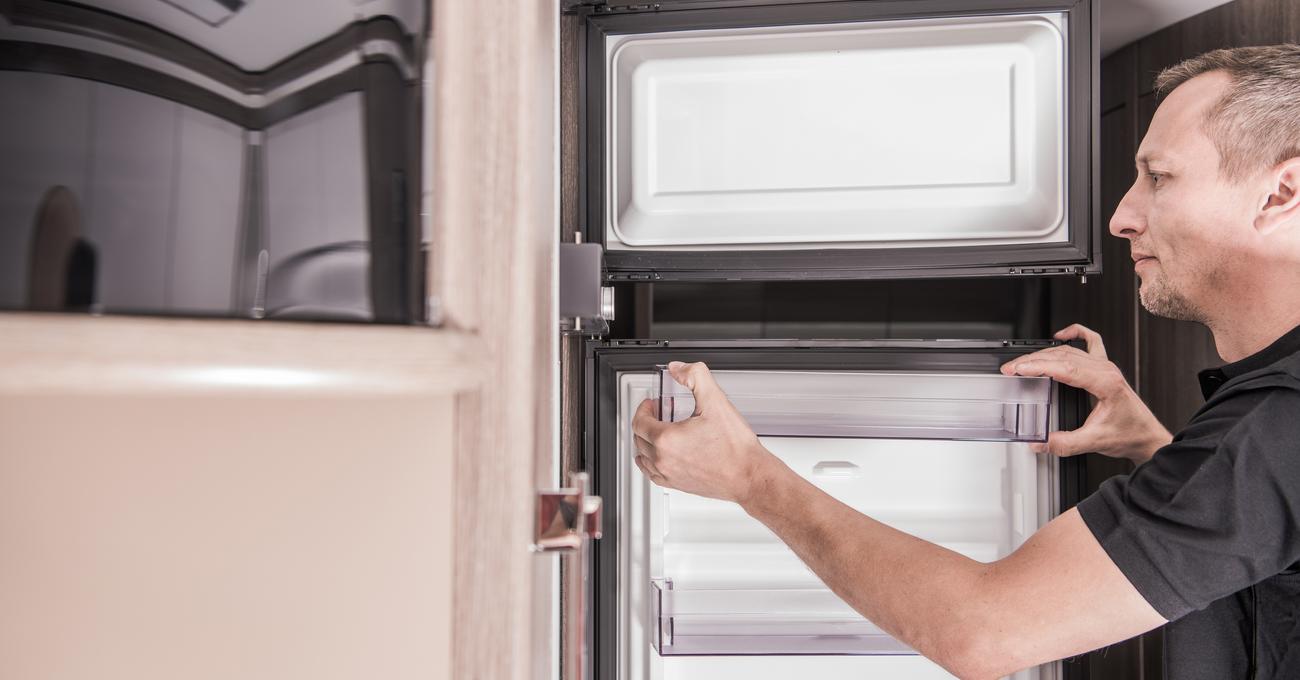
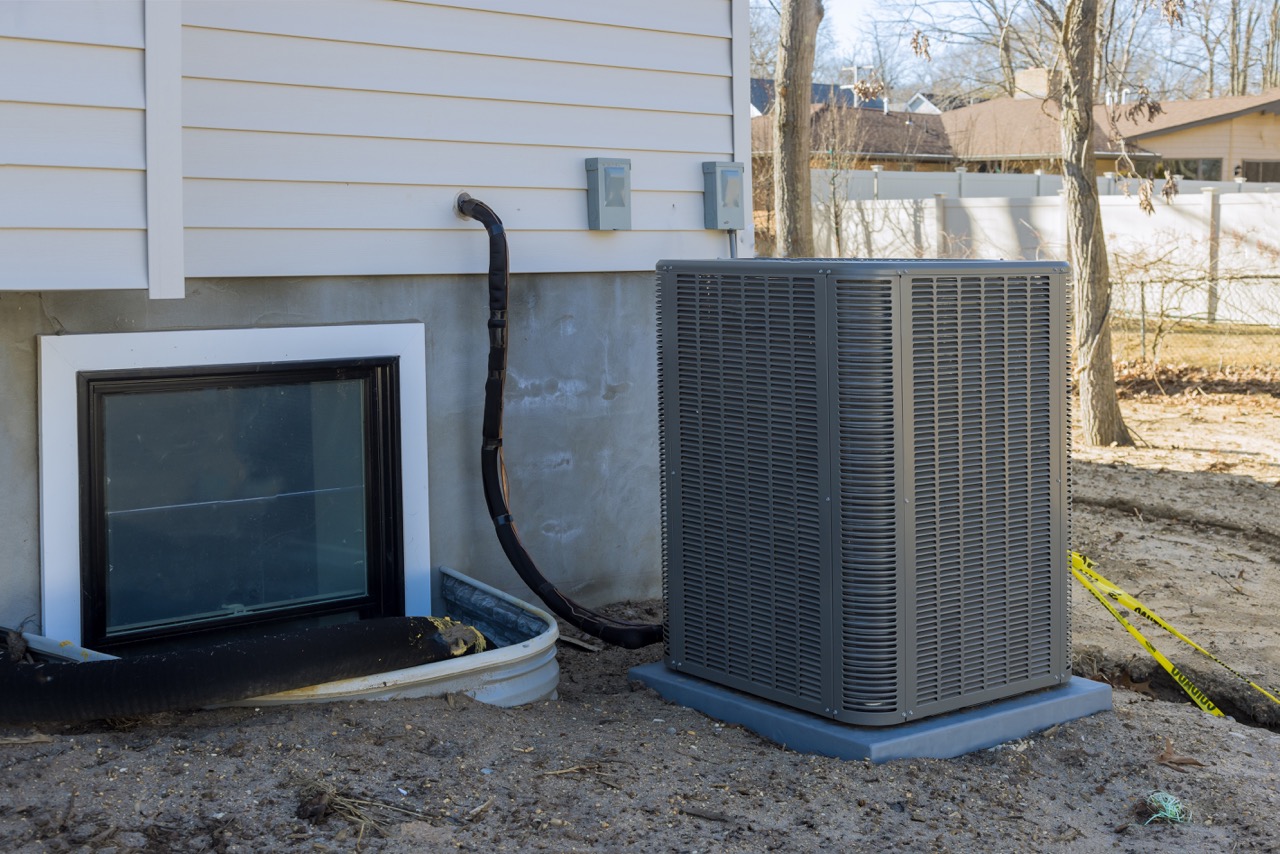
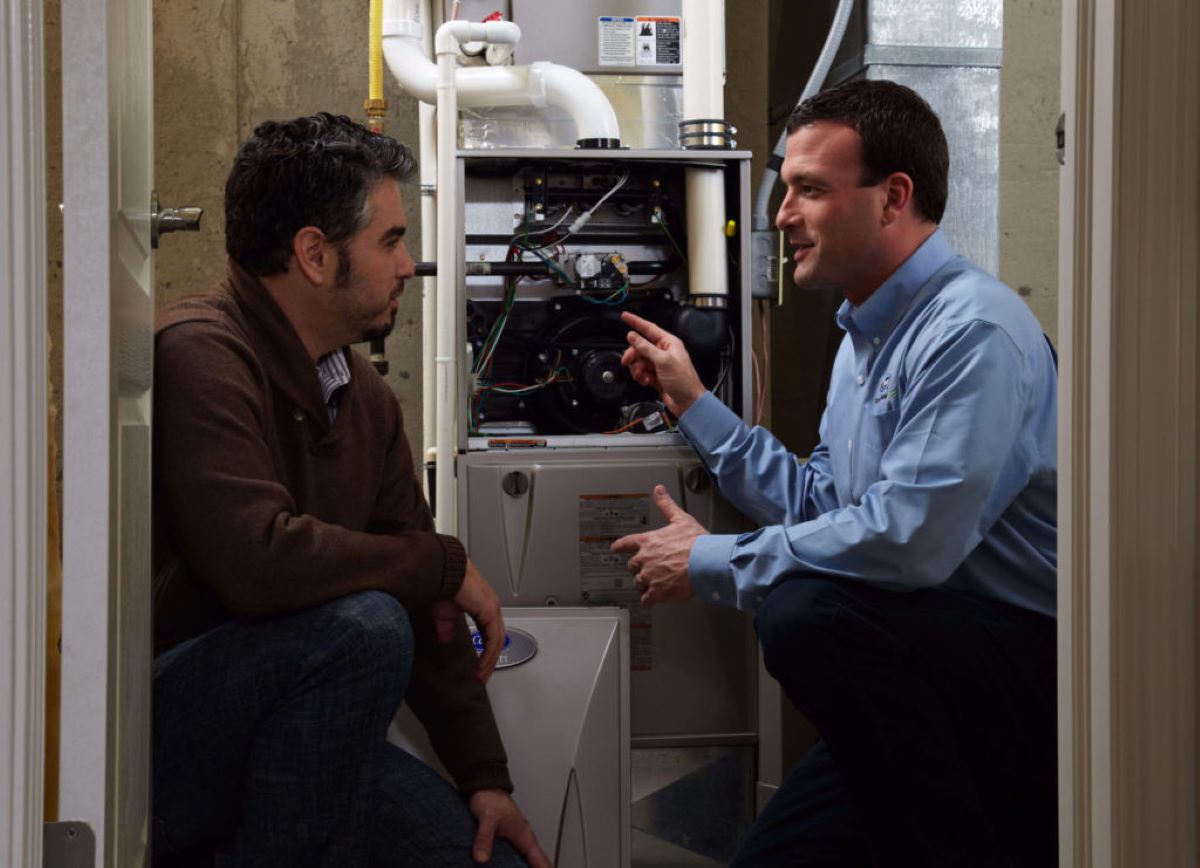
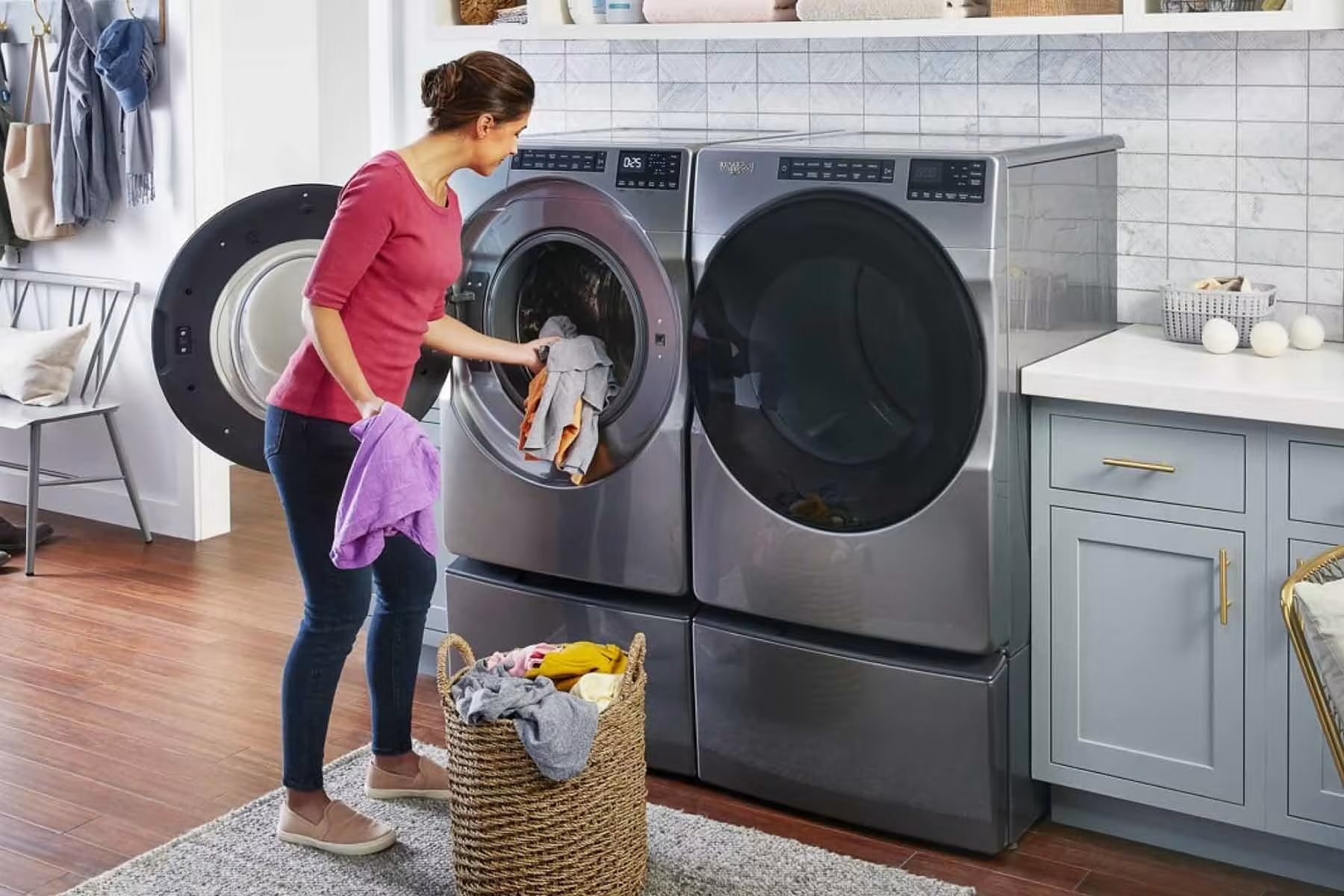
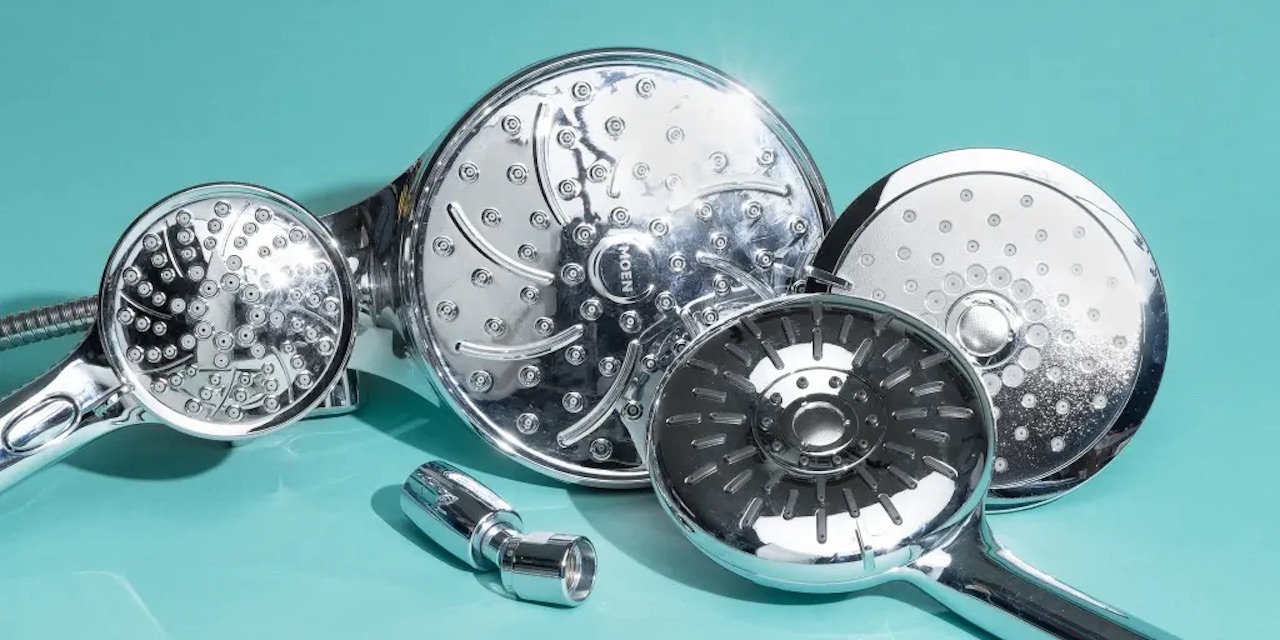
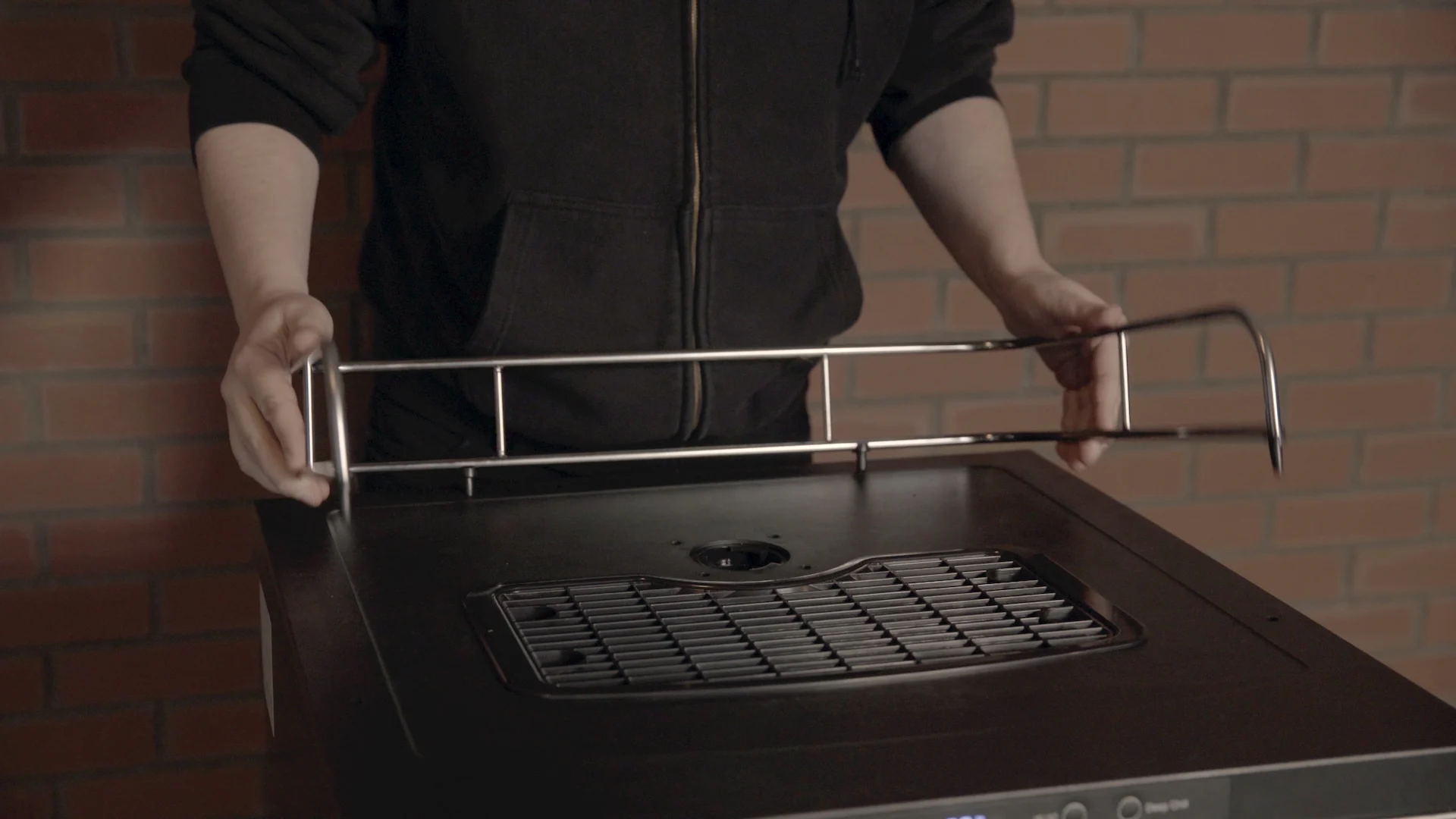

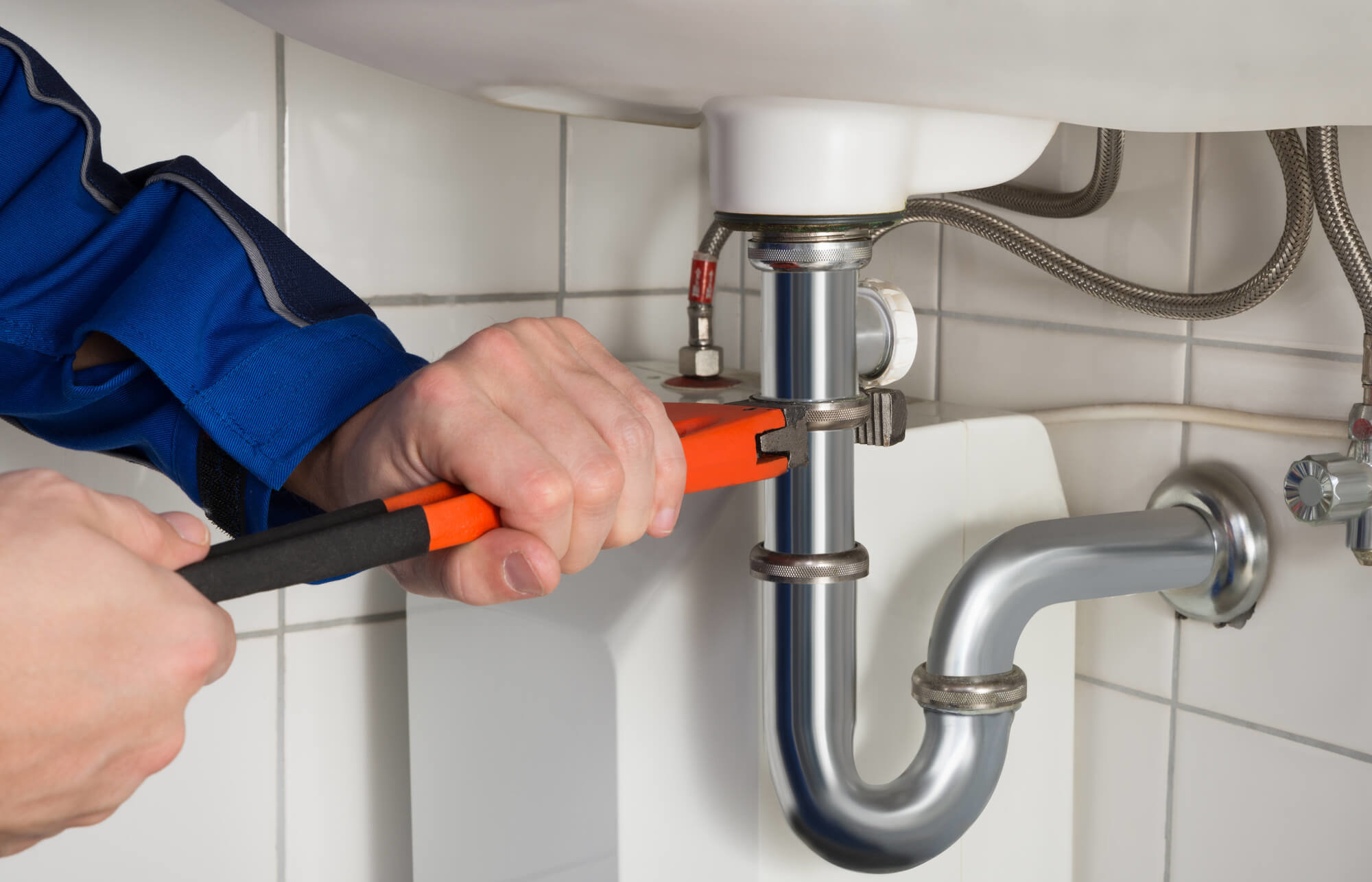
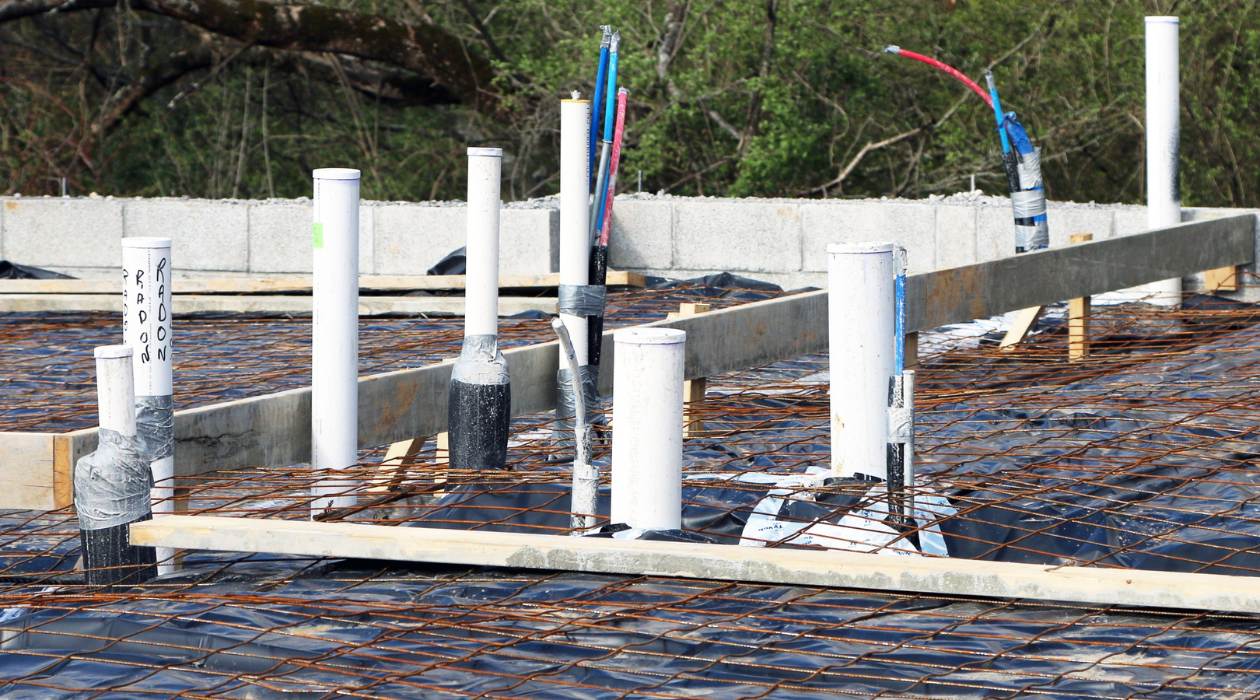
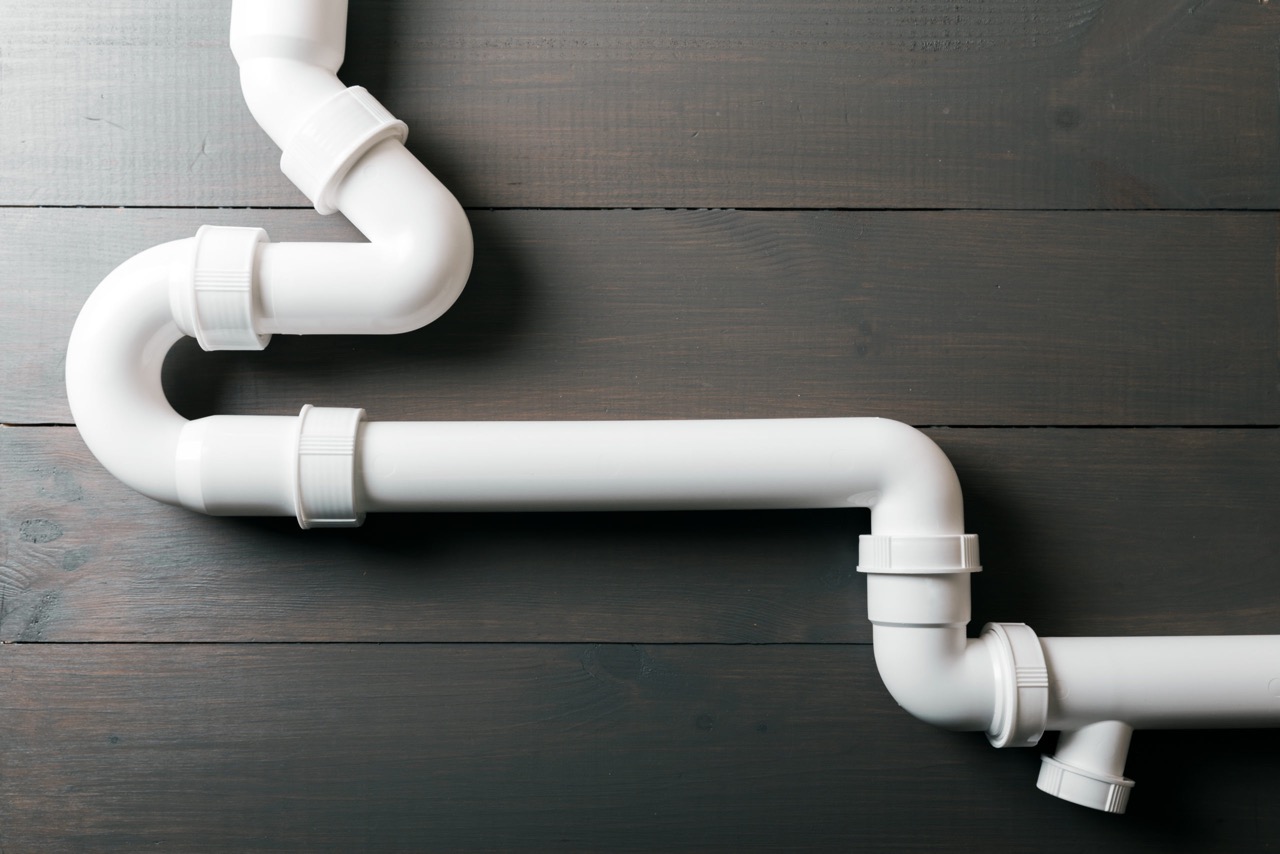
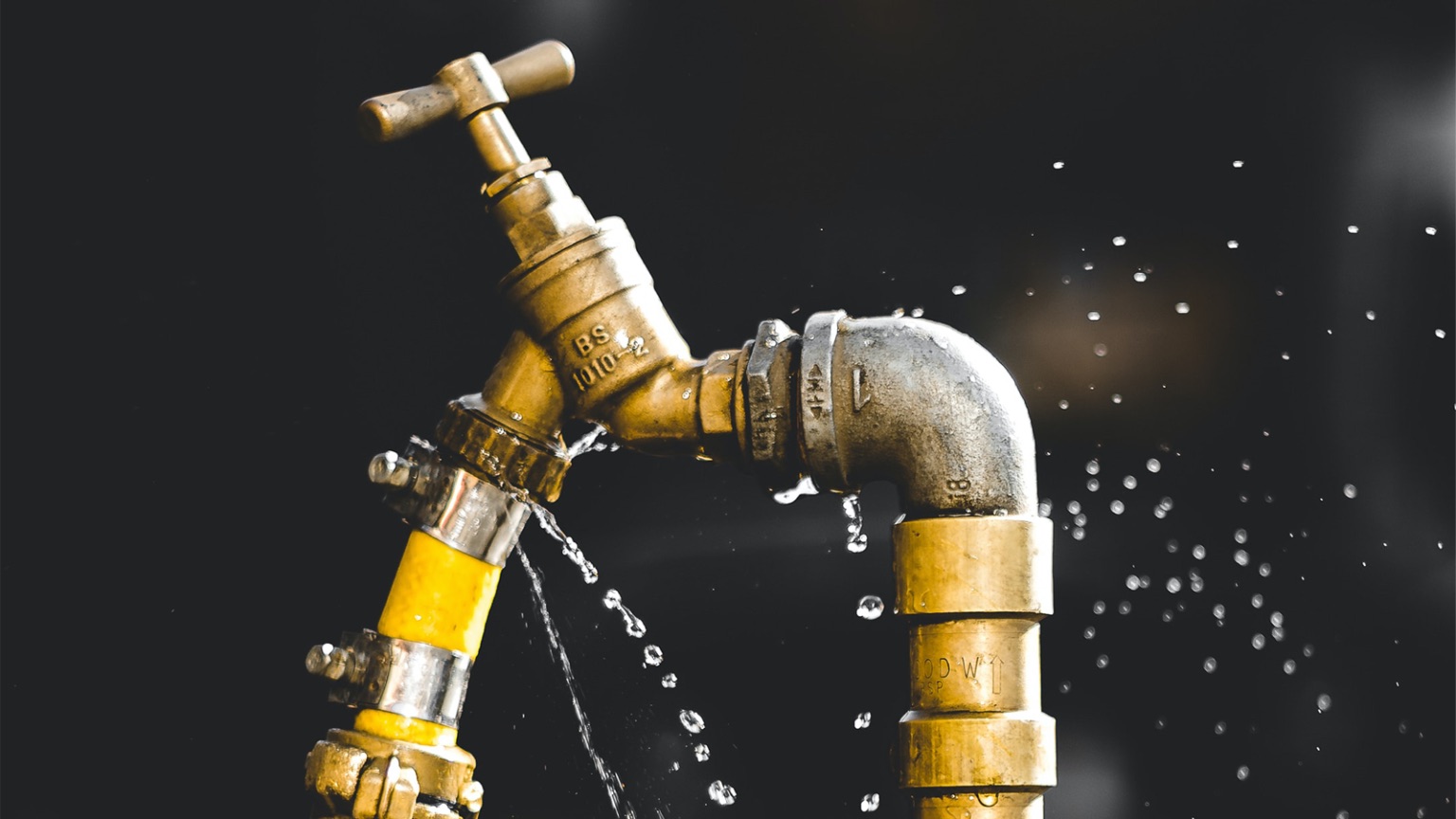

0 thoughts on “How Much Does Plumbing Cost For A New Bathroom”